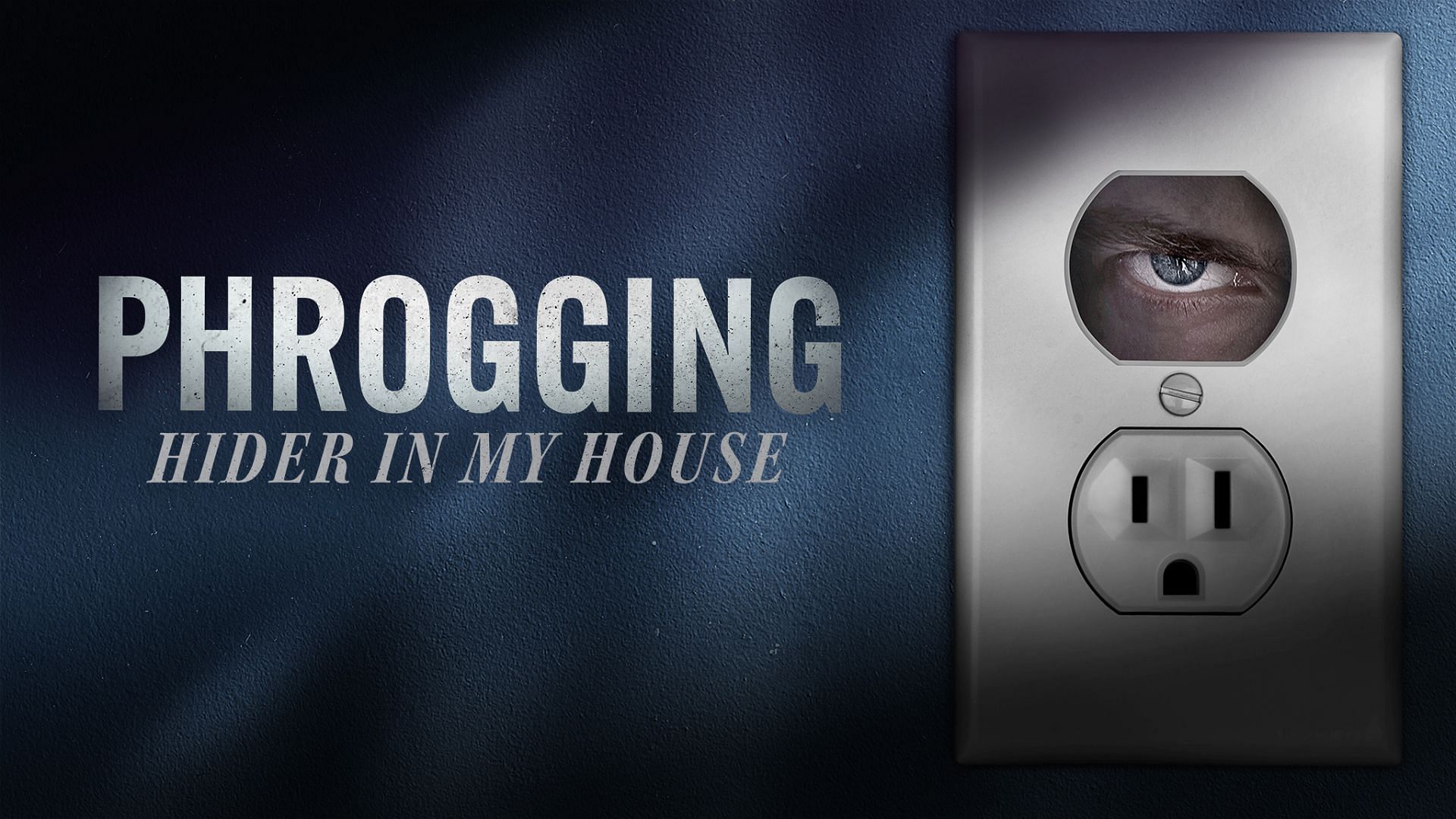Phrogging Basics: An Introduction to This Strange Practice
Phrogging Basics: An Introduction to This Strange Practice
Blog Article
Envision obtaining that somebody has been privately residing in your house without your knowledge. This unnerving phenomenon is known as "phrogging meaning" (pronounced “frogging”). The term derives from the thought of a "frog" hopping in one position to a different, as phroggers usually inhabit different properties quickly while remaining undetected. While it might appear to be anything out of a terror picture, phrogging is a true and increasingly noted issue.

What Is Phrogging?
Phrogging refers to the behave of some one privately residing in yet another person's home, generally without their consent or awareness. A phrogger may remain in concealed areas such as attics, basements, crawl rooms, spare rooms, or even underneath furniture. They count on the homeowner's neglect to test these places, often going in and out stealthily to prevent detection.
Phroggers don't tend to remain in a single area for long. That transient conduct means they usually move undetected for extended periods, employing their host's food, electricity, and other resources without permission.
Why Is Phrogging on the Rise?
While official knowledge on phrogging is bound, historical evidence and media studies suggest a rise in such cases. A mix of factors has led to the tendency:
• Financial hardship has left many individuals experiencing homelessness, primary some to get unusual shelter.
• Bigger, multi-story properties popular in the present suburbs offer sufficient hiding places for would-be phroggers.
• Homeowners' raising reliance on digital gadgets like smart locks and action detectors may possibly unintentionally result in neglect of periodic, physical inspections of the homes.
How to Defend Your Home
To shield yourself and your house from phrogging, consider these security tips:
1. Standard Inspections
Conduct routine checks of your property's less frequented areas, such as attics, basements, and storage spaces. These locations in many cases are perfect areas for concealment.
2. Use Detective Cameras
Deploy safety cameras in and around your home. Cameras with movement detection may attentive you to suspicious task, even yet in low-traffic areas.
3. Secure All Access Details

Lock windows, gates, and any extra entrances to prevent unauthorized access. Assure sacrifice keys are concealed firmly or entrusted only to persons you trust.
4. Keep Observant
Look closely at unusual signals like food going lacking, upset goods, or weird noises. These could suggest someone is residing in your home.
While phrogging may seem like a silly occurrence, their rise underscores the importance of heightened home awareness. By keeping aware and taking proactive actions, you are able to considerably lower the chance of experiencing this disconcerting danger.
Report this page